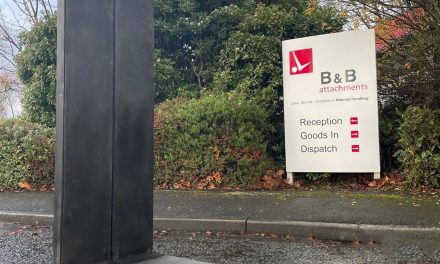Consider the sources of inlet air to ensure that the ventilation scheme in your factory will work effectively
 Whether your factory is relatively airtight or not, you have to consider the fact that nature doesn’t like a vacuum. If you try to extract air from an enclosed space and no air comes in to replace what you are trying to extract, nothing will move. So it’s not enough to install a ventilation system; you also need a path for air inlet. This blog post demonstrates that this needs careful design.
Whether your factory is relatively airtight or not, you have to consider the fact that nature doesn’t like a vacuum. If you try to extract air from an enclosed space and no air comes in to replace what you are trying to extract, nothing will move. So it’s not enough to install a ventilation system; you also need a path for air inlet. This blog post demonstrates that this needs careful design.
For air to come out, air must come in
Think of emptying a bottle by upending it over the sink: to empty it as fast as possible, you need to tilt it so that the incoming air takes a different path to the outgoing fluid. Similarly, when designing a ventilation system, it becomes essential to include ways to let the air in, not just means of extracting the air.
The potential negative consequences
If there is insufficient air inlet, this can lead to negative pressure within the building. Various things can happen. Dirt can be sucked in. If a process of combustion is taking place, carbon monoxide can build up. The lack of effective ventilation means that temperatures can rise excessively.
 In and out: ensuring air velocities are not excessive
In and out: ensuring air velocities are not excessive
There is more. It is necessary to design the size of the inlet openings optimally so that air velocities are not excessive. Many industrial processes, such as glass manufacture can be adversely affected by excessive draughts.
This illustration shows you what can happen if, for instance, you have 2 adjacent buildings both with natural ventilation in the roof, but one is higher. If there is a connection between the buildings, the outlet in the lower building does not function as an outlet but as an inlet. So you need to increase the inlets at low level dramatically in order to lower the neutral line, so that this theoretical line is below the roof level of the lower building.
The solutions
The air inlet must be provided at low level, below the neutral plane, so that the ventilation scheme operates efficiently. This can be achieved with ventilators in other areas of the building, or by using doors or windows that open automatically or, if these are not sufficient, air inlet ventilators.
 Effective design – CFD
Effective design – CFD
Computational Fluid Dynamics analysis is a valuable tool for designing effective ventilation systems. It can also help to assess the required areas of exhaust ventilation and air inlet, which need not be identical.
Factory Survey
If you need help designing your factory ventilation system, then a survey of your building is best. At Colt, our engineers have been working with building owners and operators and solving their problems related to the indoor environment for over 30 years. Request a survey. Alternatively, give us a call on 02392 451111.



